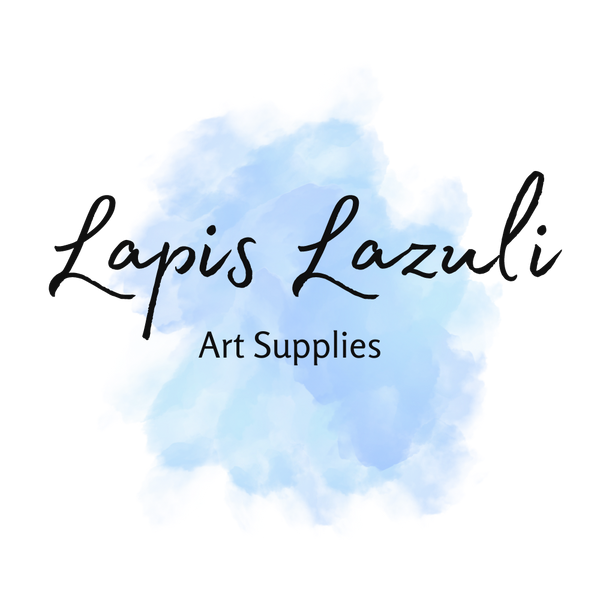
Featured products
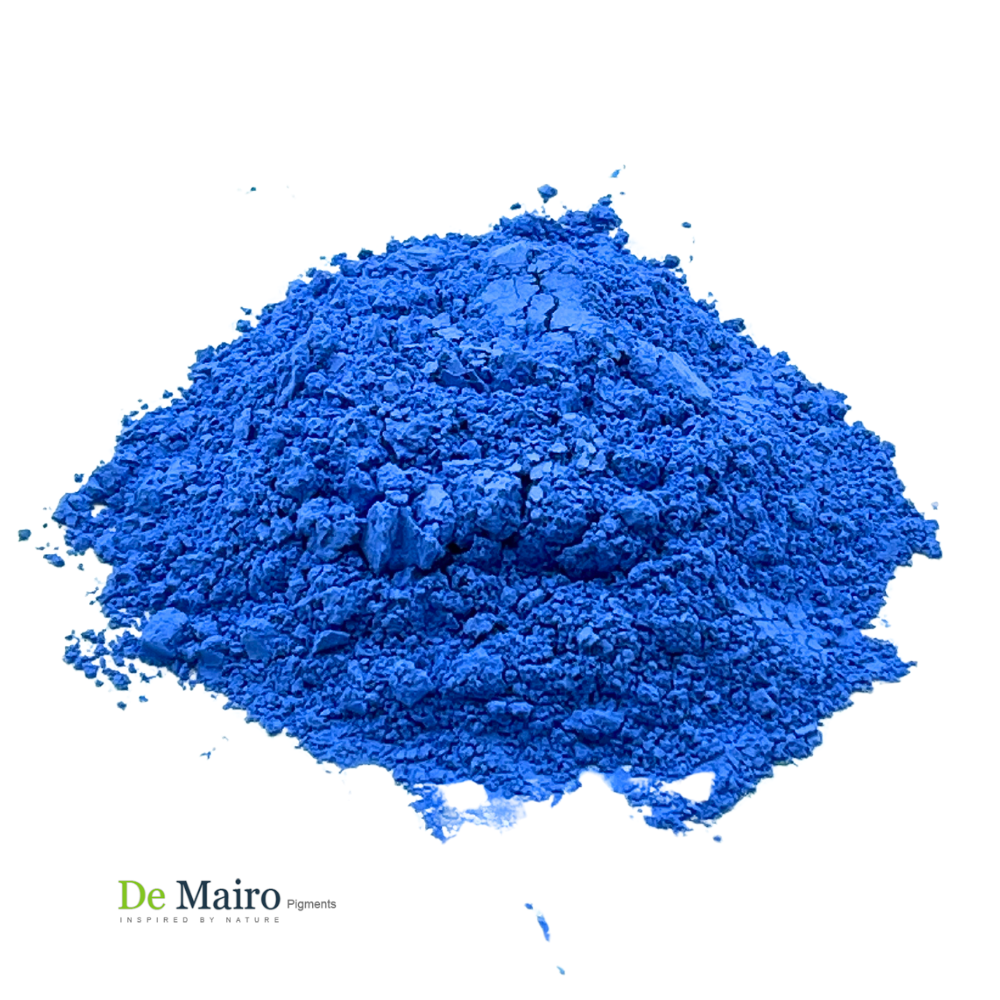
Lapis Lazuli Handmade Pure Fra Angelico Blue Pigment
Lapis lazuli pigment, a treasure from the realm of artistry, elevates the beauty and intrinsic worth of your artistic masterpieces. Lapis Lazuli pigment is like a precious gem for artists, making their artwork more beautiful and valuable. It's been used by famous artists from the past, adding a touch of history to your paintings. Embrace the tradition and give your work a sense of luxury. So, add a bit of Lapis Lazuli magic to your art!

Lapis Lazuli Handmade Watercolour Paint Pure Fra Angelico Blue
Lapis Lazuli watercolor paints are a stroke of artistic brilliance. These exquisite pigments capture the timeless beauty of lapis lazuli gemstones, infusing your watercolor creations with a rich, deep blue reminiscent of a boundless sky. Whether you're a seasoned artist or just starting your creative journey, Lapis Lazuli watercolor paints are a vibrant and luxurious addition to your palette, allowing you to craft masterpieces that reflect the awe-inspiring essence of this treasured gemstone.
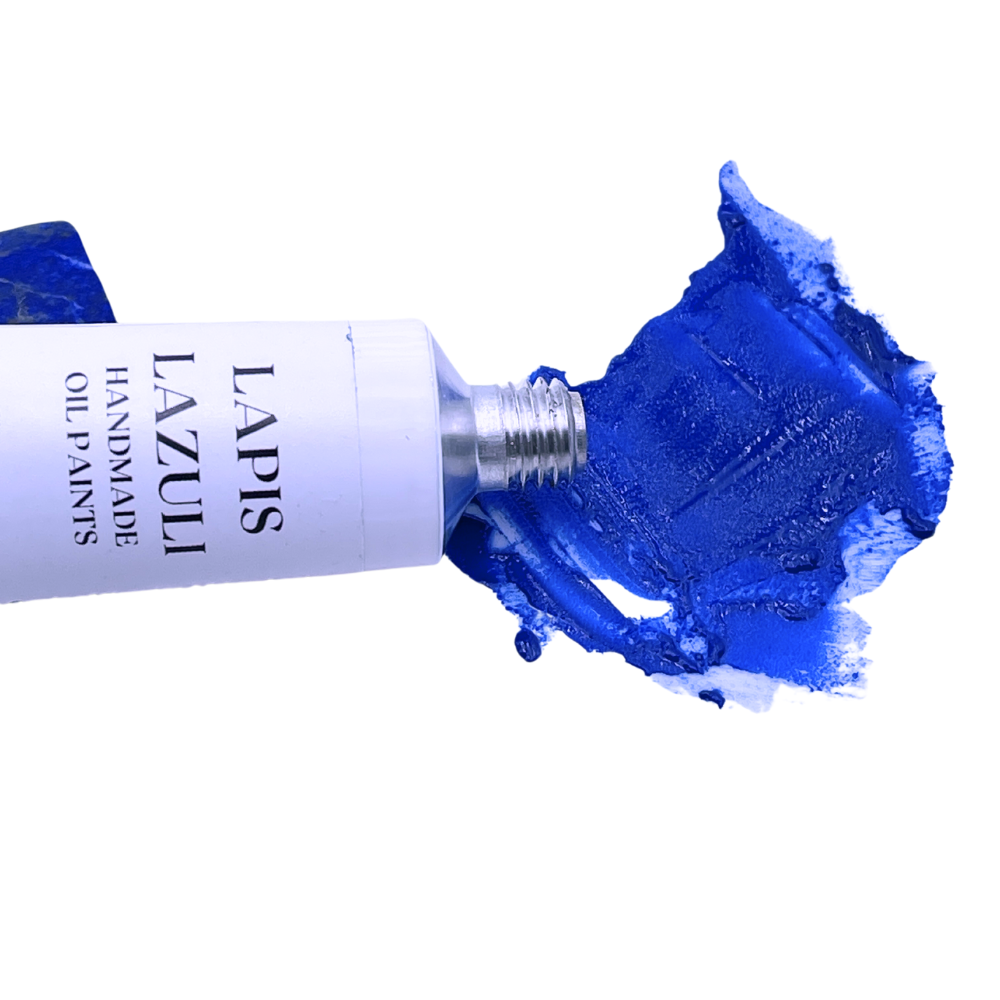
Lapis Lazuli Handmade Oil Paint Pure Fra Angelico Blue
Lapis Lazuli oil paints are a true gem for artists seeking to express themselves with unparalleled depth and richness. One of the most famous examples of the use of lapis lazuli in art is the ceiling of the Sistine Chapel, painted by Michelangelo in the early 16th century. The deep blues used in the ceiling frescoes were achieved by grinding lapis lazuli into a fine powder and mixing it with a binder, such as egg yolk or oil.

Paint Like the Greats: Lapis Lazuli Pigment – a Glimpse into Old Masters' Palette.

Transforms Watercolors into Aquatic Masterpieces
Why You Should Use Lapis Lazuli Pigment in Your Art?
-
Vibrant Color
Lapis lazuli pigment is known for its rich, deep blue color that is highly sought after by artists and crafters.
-
Lightfastness
It has good lightfastness, meaning it will retain its color over time without fading when exposed to light.
-
Versatility
It is suitable for a variety of mediums including oil, water color, acrylic, tempera, and fresco painting, as well as inks, dyes, and pottery glazes.
-
High Opacity
Lapis Lazuli Pigment has a high level of opacity which means it can cover other colors effectively and produce a rich and intense blue color.
-
Durability
Lapis Lazuli Pigment is a durable and long-lasting pigment, it is resistant to fading, chalking and discoloration.
-
Intensity
Lapis Lazuli Pigment is known for its intense and rich blue color that is ideal for creating a range of shades and hues.
-
Transparent
The transparency of Lapis Lazuli Pigment allows for layering and glazing techniques, which can be used to create depth and luminosity in paintings.
-
Fine Grind
Lapis Lazuli Pigment is finely ground to produce a smooth and consistent texture which makes it easy to mix and apply.
-
Historical Significance
Lapis Lazuli has been used as a pigment for thousands of years, by ancient Egyptians, Greek, and Roman cultures.
-
Healing Properties
Lapis Lazuli Pigment is believed to have healing properties and is traditionally used in spiritual and healing practices.
-
Monetary Value
artworks that contain Lapis Lazuli Pigment can be considered more valuable and sought after by collectors, which can lead to higher prices for the artist.
-
Non-Toxic
Lapis Lazuli Pigment is a natural and non-toxic pigment which makes it a safer alternative to some of the synthetic pigments available today.
How To Make Artist's Oil Paints With De Mairo Lapis Lazuli Pigment
Blog posts
-
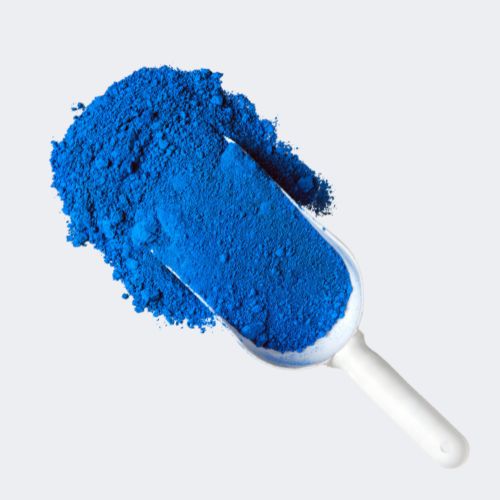
The exceptional History of Lapis Pigment
Ultramarine is one of the oldest of the artist’s pigments that is cherished and sought in present times too. It is a historic pigment having been found in Egyptian tomb...
The exceptional History of Lapis Pigment
Ultramarine is one of the oldest of the artist’s pigments that is cherished and sought in present times too. It is a historic pigment having been found in Egyptian tomb...
-
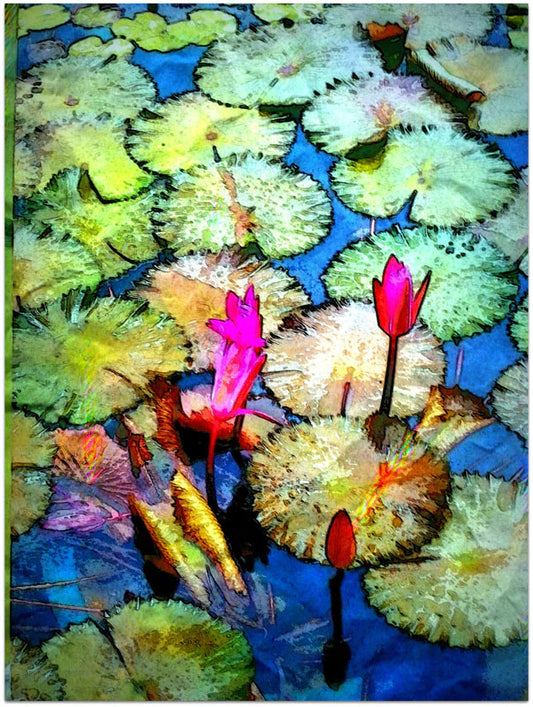
Egg Tempera Technique for Beginners
Egg Tempera Technique Egg tempera technique is a painting technique in which egg yolk is used asa binder for the color pigment. Water is used as the medium History of...
Egg Tempera Technique for Beginners
Egg Tempera Technique Egg tempera technique is a painting technique in which egg yolk is used asa binder for the color pigment. Water is used as the medium History of...
-

The Best Natural Ultramarine pigment in the world
The best Natural Ultramarine pigment in the world is the Afghan Natural Ultramarine extracted from the gemstone Lapis Lazuli from the mines of Badakhshan Afghanistan. It was the very same...
The Best Natural Ultramarine pigment in the world
The best Natural Ultramarine pigment in the world is the Afghan Natural Ultramarine extracted from the gemstone Lapis Lazuli from the mines of Badakhshan Afghanistan. It was the very same...
FAQ
What is in your lapis lazuli pigments?
Our lapis lazuli pigments contain pure lazurite, which is the mineral responsible for the stunning blue color in lapis lazuli. We carefully extract and process the lazurite to create our pigment, ensuring that it is free from impurities such as pyrite and calcite, resulting in a rich ultramarine blue pigment. There are no added dyes or toxic chemicals used in the production process.
Are the pigments non-toxic?
Yes, they are completely non-toxic. We take pride in the fact that we do not use any harmful chemicals or additives during the extraction and processing of the lazurite. You can confidently use our pigments for various artistic and creative applications without worrying about any health concerns.
How do you use the pigments?
They can be used in a variety of artistic and creative applications. Simply mix the pigment with a suitable binder, such as oil, acrylic, or watercolor medium, to create vibrant blue paint. The pigments blend smoothly and offer excellent color saturation, making them ideal for painting, drawing, and other artistic endeavors.
Are there any dyes added?
No, we do not add any dyes to our lapis lazuli pigments. The beautiful blue color is solely derived from the natural lazurite content in the lapis lazuli stone. We believe in providing you with the purest and most authentic pigment possible.
What pigment grade is it?
Our lapis lazuli pigment is of the highest grade, known as "Fra Angelico." This grade represents the pinnacle of quality and purity in lapis lazuli pigments, ensuring that you get the most vibrant and intense blue color for your artistic projects.
What does the color look like when the pigment is mixed with the binder?
When our lapis lazuli pigment is mixed with a suitable binder, it produces a rich and intense ultramarine blue color. The result is a deep, vivid shade that captures the timeless beauty of lapis lazuli, making it perfect for creating stunning artworks.
Does it have any special storage/preservation requirements?
Our lapis lazuli pigments do not have any specific preservation requirements. They can be stored in a cool, dry place, away from direct sunlight or extreme temperatures. As long as you store them in suitable conditions, they will remain stable and ready for your creative use.
Is it sensitive to light?
Our lapis lazuli pigments are not particularly sensitive to light. However, like most pigments, it's a good practice to protect your finished artworks from prolonged exposure to direct sunlight to ensure their longevity.
Where are the lapis pigments made?
Our lapis lazuli pigments are proudly made in Canada. We prioritize quality, purity, and environmentally responsible practices in our production process.
Why should we buy from you instead of crushing our own powder?
While it is possible to crush lapis yourself and turn it into powder, the colour will not be as rich. It is important to remember that Lapis contains many impurities such as pyrite and calcite which will impact the colour of the pigment. In our pigment, we specifically extract the lazurite, which is responsible for the blue colour.
